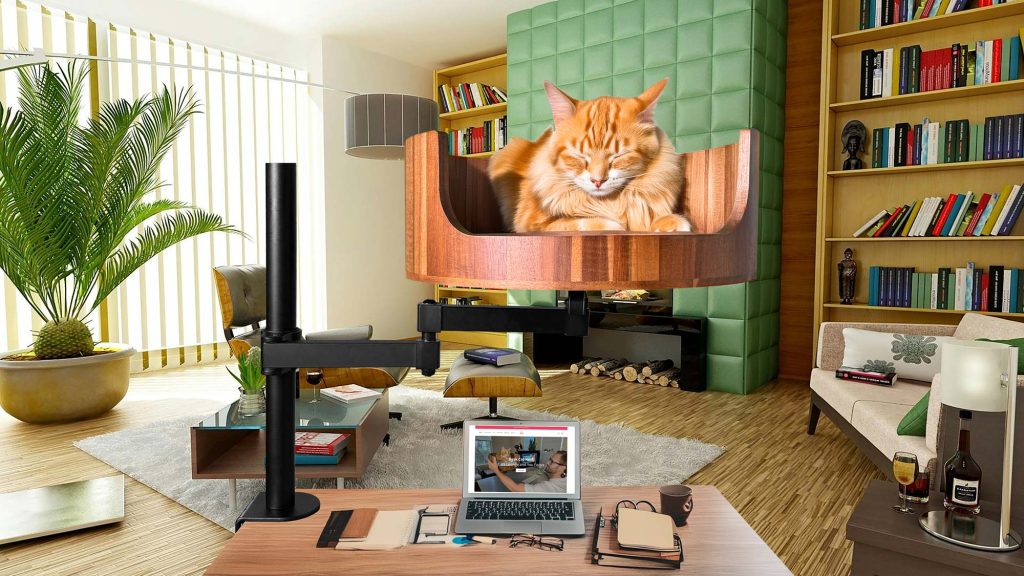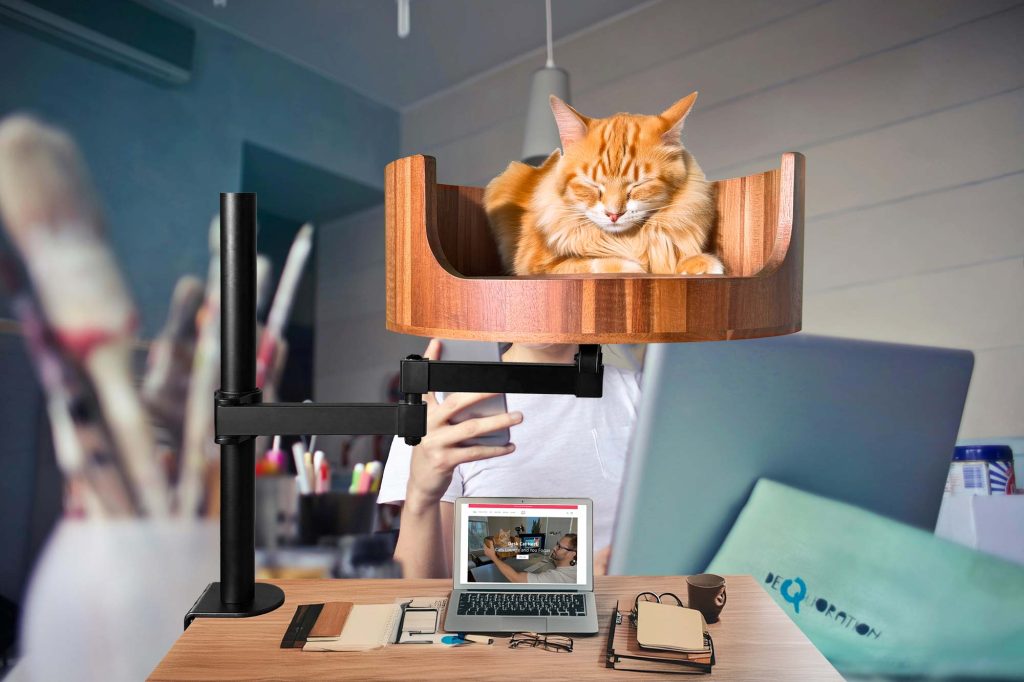Have you ever noticed your cat vibrating its tail while it lounges in its favorite spot? This intriguing behavior may leave you wondering what exactly is going on in your feline friend’s mind. In this article, we will delve into the fascinating world of cat behavior and explore the reasons behind this tail-twitching phenomenon.
From the moment we bring a cat into our homes, we are entranced by their mysterious ways. One common behavior that often leaves cat owners baffled is the sight of their furry companion vibrating its tail. Whether they are gazing out the window, relaxing on the couch, or lounging in their cozy cat nest, this subtle yet significant action can convey a variety of messages. To better understand our feline friends and strengthen our bond with them, it is essential to decode the meaning behind their tail movements. Join us as we explore the intricacies of cat behavior and gain insights into the subtle cues that our cats use to communicate with us.
1. A cat vibrating its tail can indicate a range of emotions, from excitement to agitation.
2. Understanding your cat’s body language is crucial for interpreting their feelings and needs.
3. Tail vibrations can be a sign of playfulness or anticipation for food.
4. It is essential to observe other cues such as ear position and vocalizations to determine the context of tail vibrations.
5. Building a strong bond with your cat through attentive observation and responsive care can foster a deeper understanding of their behavior.
The Role of Tail Vibrations in Cat Communication
Tail vibrations in cats can serve as a form of communication to express their emotions or intentions. When a cat is feeling excited, agitated, or afraid, it may exhibit tail vibrations as a way to convey its current state. By understanding the behavior behind these tail movements, cat owners can better interpret their pets’ feelings and respond accordingly. For example, a cat vibrating its tail rapidly while its ears are flattened back could indicate that it is feeling threatened and may be preparing to defend itself. On the other hand, a cat may also exhibit slow, subtle tail vibrations as a sign of contentment or relaxation.
Common Triggers for Tail Vibrations in Cats
There are several common triggers that may cause a cat to exhibit tail vibrations. One of the most common reasons is playfulness – cats may wag their tails rapidly when engaged in play or chasing after a toy. Additionally, cats may vibrate their tails in response to stress, fear, or discomfort. For example, a cat that is being taken to the vet or introduced to a new environment may display tail vibrations as a sign of nervousness. Understanding these triggers can help cat owners provide a supportive and comfortable environment for their pets.
Handling a Cat Vibrating Its Tail
When a cat is vibrating its tail, it is important for cat owners to approach the situation with caution and sensitivity. It is crucial to avoid startling or provoking the cat further, as this could escalate the situation and lead to aggressive behavior. Instead, cat owners should try to identify the cause of the tail vibrations and address any underlying issues that may be causing distress. Providing a safe and comfortable space for the cat to relax and offering gentle reassurance can help alleviate the cat’s stress and prevent further tail vibrations. If the behavior persists or becomes more intense, it may be advisable to consult a veterinarian or animal behaviorist for further guidance.
Desk Cat Nest FAQ
Can Desk Cat Nest help with my cat vibrating its tail?
While Desk Cat Nest provides a cozy and comfortable space for your cat to relax, it may not directly address the issue of your cat vibrating its tail. It is always recommended to consult with a veterinarian to determine the cause of this behavior.
Is Desk Cat Nest suitable for all breeds of cats?
Desk Cat Nest is designed to accommodate most small to medium-sized cats. However, larger breeds may not find it as comfortable. It is best to consider the size and weight of your cat before making a purchase.
How do I clean Desk Cat Nest?
Desk Cat Nest can be easily cleaned with a damp cloth and mild detergent. The removable cushion can also be washed by hand or in a washing machine on a gentle cycle.
Can Desk Cat Nest be used for outdoor cats?
Desk Cat Nest is primarily designed for indoor use. If you plan on using it outdoors, it is recommended to place it in a covered area to protect it from the elements.
What is the recommended weight limit for Desk Cat Nest?
Desk Cat Nest can safely support cats weighing up to 15 pounds. It is important not to exceed this weight limit to prevent damage to the product.
In conclusion, the Desk Cat Bed is a valuable choice for cat owners whose feline companions may be exhibiting signs of tail vibrating. This unique product provides a comfortable and secure space for cats to relax and feel safe, potentially reducing stress and anxiety that can lead to tail vibrating behavior. With its cozy design and soft materials, the Desk Cat Bed offers many benefits for both cats and their owners, including promoting relaxation, providing a sense of security, and improving overall well-being. Investing in a Desk Cat Bed could be the key to helping your cat feel calm and content, ultimately reducing the frequency of tail vibrating episodes.


